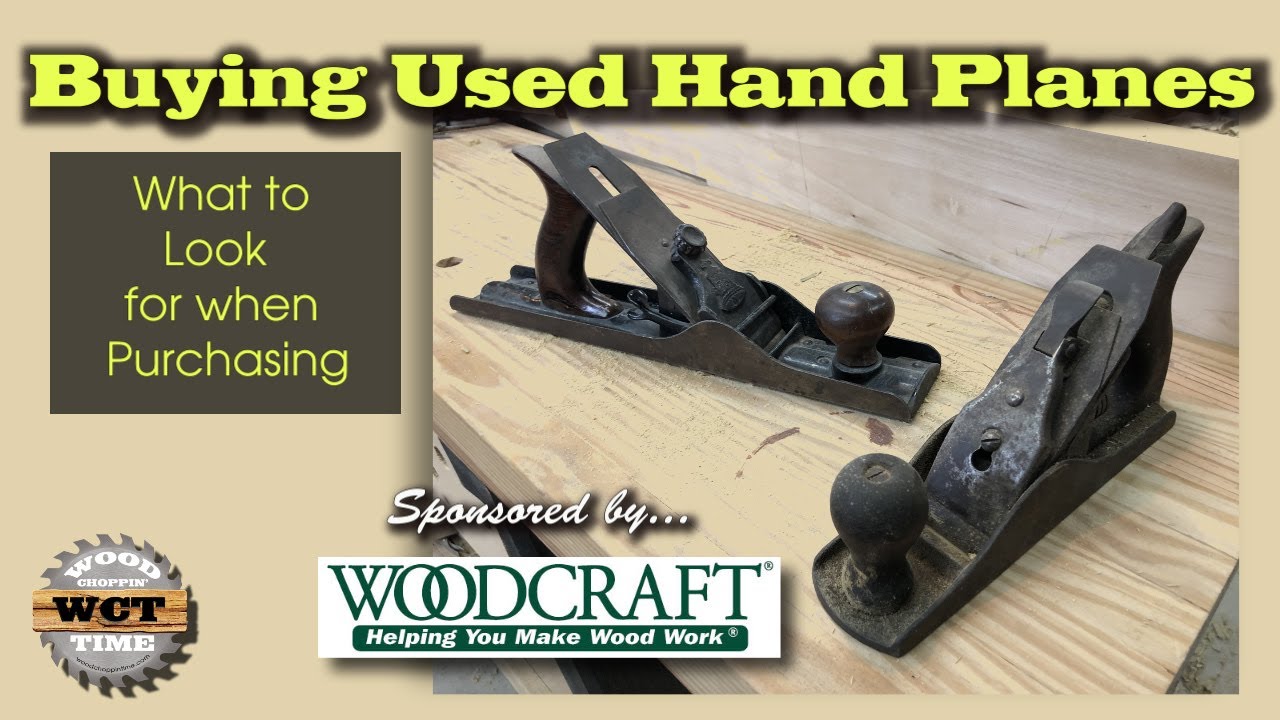Your cart is currently empty!

Hand Planes – A Woodworker’s Best Friend

Whether you’re just starting out or you’ve been a hand tool woodworker for years, a set of hand planes is an essential addition to your woodworking toolkit.
They can smooth with or against the grain, or shave away the splintery ends of cut boards. These simple tools can be a lot of fun and surprisingly efficient.
Choosing a Plane
A hand plane is a woodworking tool that shaves off small layers of wood as you slide it across the surface. It has a flat sole and a slot across it that houses a sharp blade. The sole may be elongated to increase the amount of contact with the wood. It may have a single knob to control the blade or two handles.
A plane is a good way to get a smoother surface than sanding alone can accomplish. However, it’s important to choose the right one for your needs.
There are many hand planes on the market, some more advanced than others. You should consider the size, weight, finish and first cut to make your choice. The right plane can save you hours of time and frustration in your woodworking projects. It also makes the job a little easier and less risky. As you continue to grow your skills, you’ll discover that the more you learn about your tools, the better you’ll be able to tackle any project with confidence.
Sharpening a Plane
Like any tool, a hand plane will perform its best when it’s sharp. It’s a simple process to make the edge of your tool razor-sharp, and it takes just a few minutes to do.
A key component of any sharpening strategy is the grinding and honing step. Top-quality, factory-fresh planes are always ground and honed to the proper grind angle for the wood they’ll be working with.
If you’re dealing with an older, worn out plane iron that’s been abused by hard use, you need to do a little extra work to get the blade back to sharp.
For starters, you need to flatten the back of the blade by rubbing it back and forth on a coarse diamond sharpening stone. This will abrade off any of the paint on the sole of the plane and give you a more refined surface.
Adjusting a Plane
If you want to make smooth, crisp cuts with your hand planes, it’s vital to adjust them for the job. This means tuning the frog to suit your particular work, adjusting the mouth opening for thin shavings, and setting the depth of cut so that you have wide, lacey shavings when the iron contacts the board.
Many planes have a frog adjustment screw that threads into the body casting and slides forward and backward. Some, like Bedrock and bench planes made by Lie-Nielsen and WoodRiver/Woodcraft, allow the frog to be adjusted without removing the blade.
Some block planes also feature a mouth adjustable by turning a front knob and shifting a long, slender lever. A narrow mouth opening suits finish planing on hardwood, while a wider one is best for rough planing on softwood.
Using a Plane
Hand planes are useful for a variety of woodworking tasks. They help with sizing, preparing stock, trimming, cleaning up casework, removing mill marks and more.
Planes are a time-honored woodworking tool that reward users with satisfyingly smooth surfaces. They’re also an essential tool for a novice woodworker, since they’re easy to use and require little training or practice to get the hang of.
The best planes for a beginner are low-angle block planes; a jointer; and a smoothing plane, such as the Stanley #7 or #4 1/2. Once you’ve mastered these three essentials, you can fill in any number of additional specialized planes as your skills progress.
by
Tags: